
1970 De Tomaso Mangusta barn find
By Dean Larson
Ask any casual automotive enthusiast about the Italian manufacturer De Tomaso, and they’ll likely know something of the Pantera. And although the Pantera was De Tomaso’s most commercially successful model having sold 7,260 units over a 20-year production run, you could make the argument that it wasn’t the firm’s most significant model. In fact, take an up-close look, and you’ll see the Pantera isn't much more than a refined, toned-down version of its predecessor, the De Tomaso Mangusta.
Ok, so that’s a pretty drastic claim, and the Pantera did boast more power and a more advanced chassis. But it’s plain to see that the Pantera’s basic design was laid out by the more dramatic Mangusta. Just 401 Mangusta’s were built from 1967 to 1971 before the car was superseded by the Pantera, which was far cheaper to construct.
Translated from Italian, the name means mongoose, and it’s widely believed that the Mangusta was a jibe at Carroll Shelby, as the car was considered for a Cobra replacement. When Shelby became involved with the GT40 program, Alejandro de Tomaso and his firm put the Mangusta into production regardless, as a radical mid-engine sports car aimed primarily at America’s roadways.
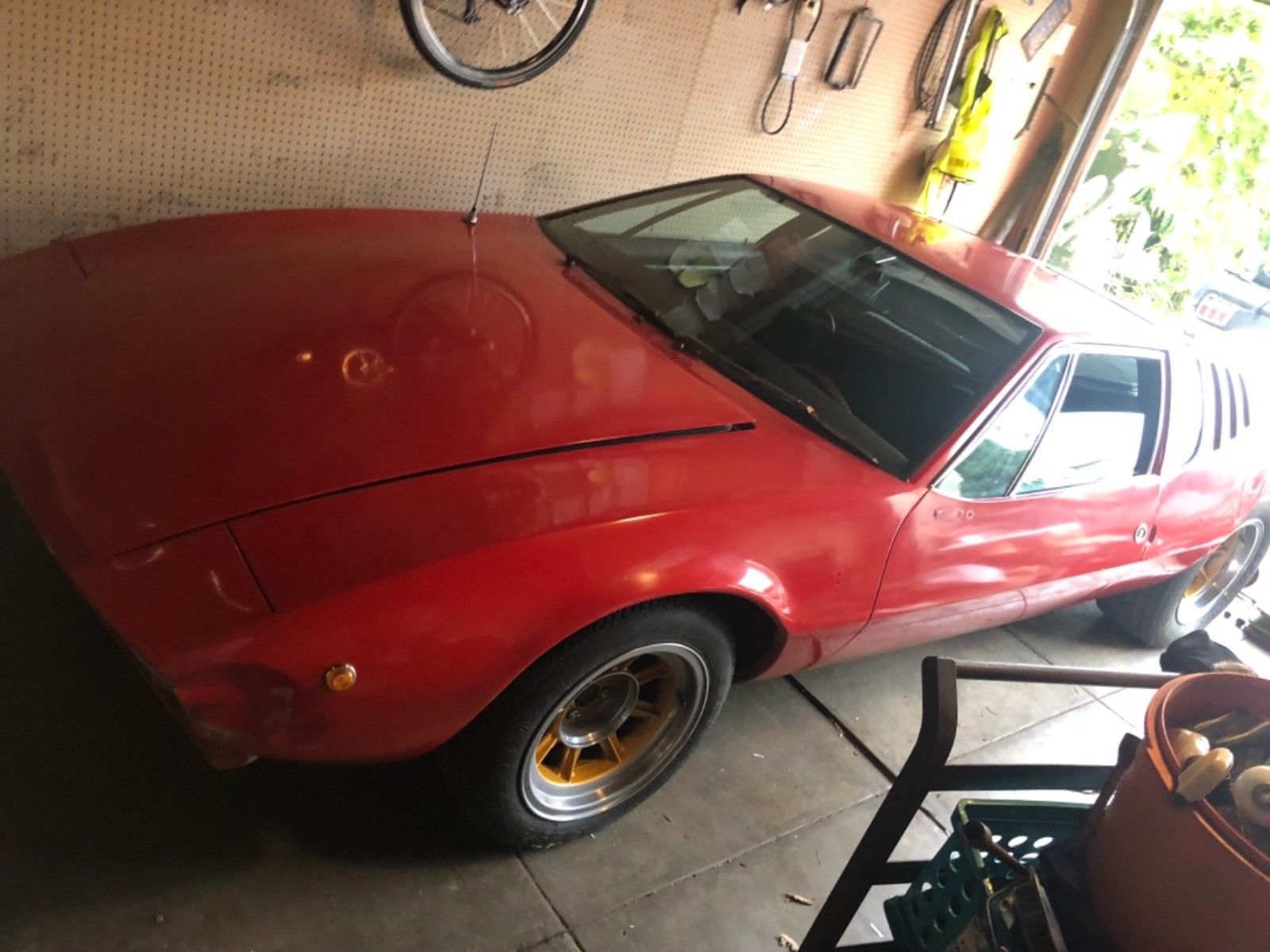
Its styling was only rivaled by other company’s concept car drawings. It was exotic, yet had all the macho of America’s muscle cars of the day. Push-button door handles, unique side glass and gullwing-style rear hatches added a bit of forward-looking panache, while the brutish Campagnolo wheels and Ford V8 engines strengthened its image. Styling was done by Giorgetto Giugiaro at Ghia.
The Mangusta was based on a steel backbone chassis with independent suspension and disc brakes on all-four corners. Cars destined for the U.S. market were powered by 221-hp Ford 302 ci V8s, while European models received the 306-hp HiPo 289. A five-speed ZF transaxle was used in both variants. For all its features, the Mangusta was a decent performer, but suffered in handling thanks to its 32/68-weight distribution. De Tomaso would refine the recipe in the later Pantera with a monocoque chassis and more powerful Ford 351 Cleveland engines, but the revised shape wasn't quite as exotic as its predecessor.
The Mangusta garage find listed here on eBay looks to be a nicely preserved and highly original example, which is impressive considering only 250 of the original 401 cars are believed to remain today. Furthermore, it appears to be one of just 50 cars built with flip-up headlights, which were intended solely for the U.S. market in 1970. Despite slight damage on the front end and some needed refreshing, the car is in great condition and retains all of its rare components. Its Campagnolo wheels, wood-rimed wheel and shift knob, all glass, complete interior, etc., etc., it’s shockingly all present. With just 35,323 miles on the clock, it’s likely that this car was never modified from original.
The eBay ad details that the car is being listed as a feeler to draw interest in the car for a deal in person. The listing also explains that the previous owner was very secretive, and the car has not been seen in 40 years. If that’s true, the Mangusta was taken off the road around 1978, less than a decade after it was purchased new.
The lofty $250,000 price tag might seem high, and the seller explains the he is looking for someone who is willing to pay high retail, but it’s out of the question for an original example. Back in 2015, Gooding & Company sold a very similar car in restored condition for $324,500, putting this car nearly “in the right money.”
If you’ve got a stable space reserved for this American V8-powered Italian stallion, check out the ad here on eBay. And while you’re there, check out all the interesting goodies in this garage treasure trove, including a license plate bearing the letters HIV, a precariously placed tandem bicycle. a hopped-up Ford Flathead V8 and the front end from a 1962 Chrysler Newport.

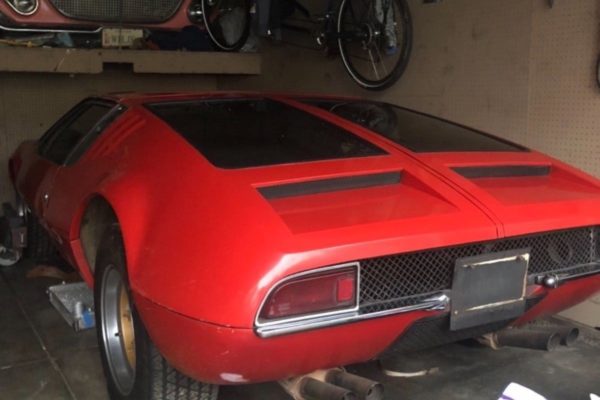
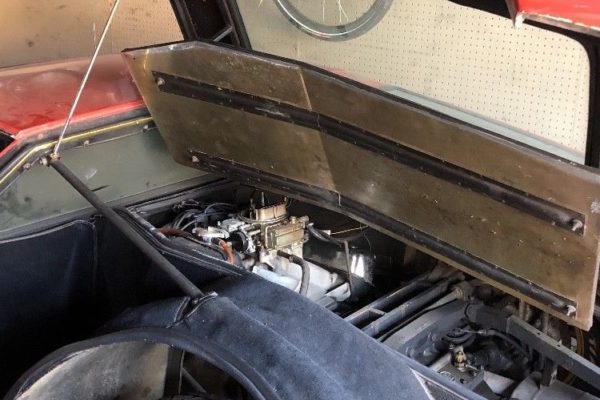
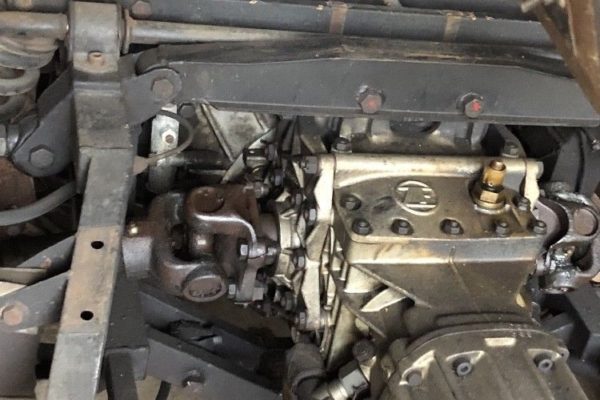
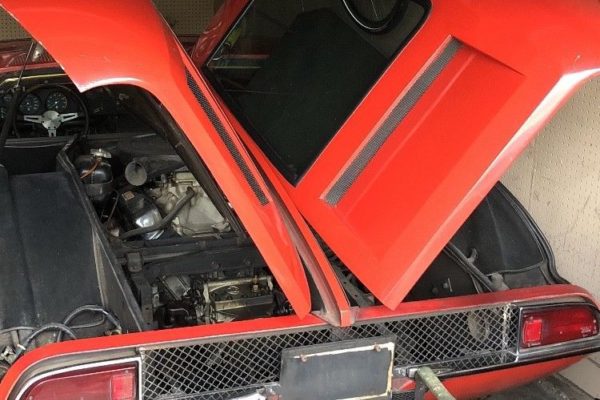
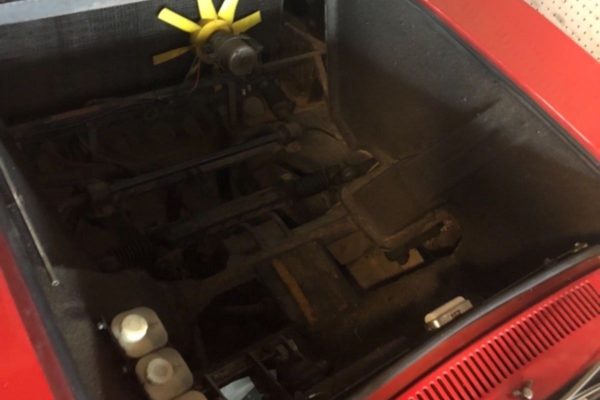
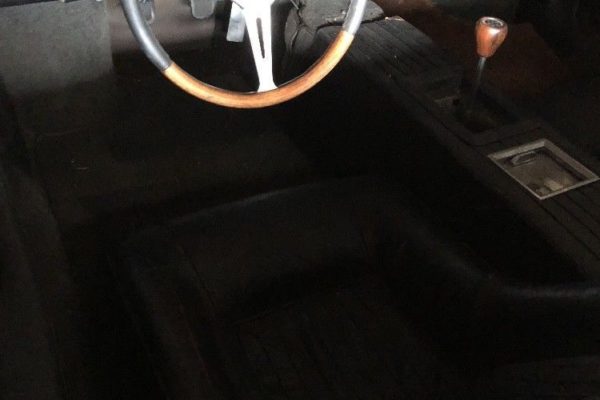
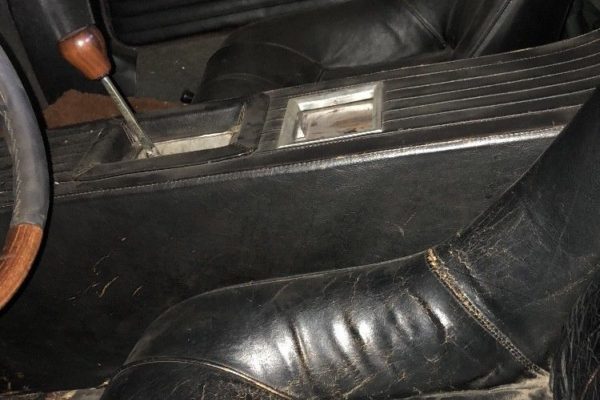
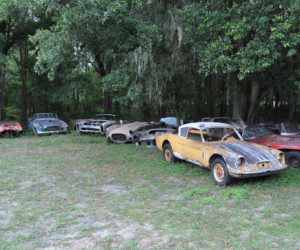
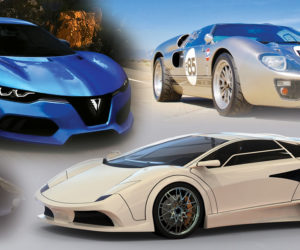
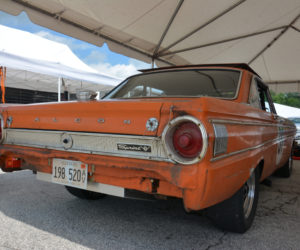
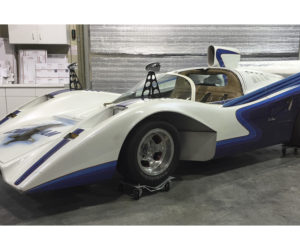
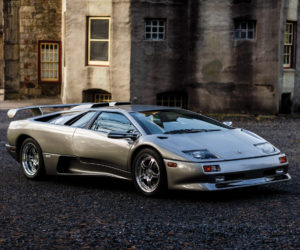
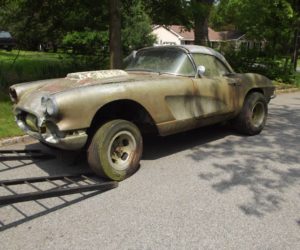




Comments for: Hidden for 40 Years: De Tomaso Mangusta
comments powered by Disqus